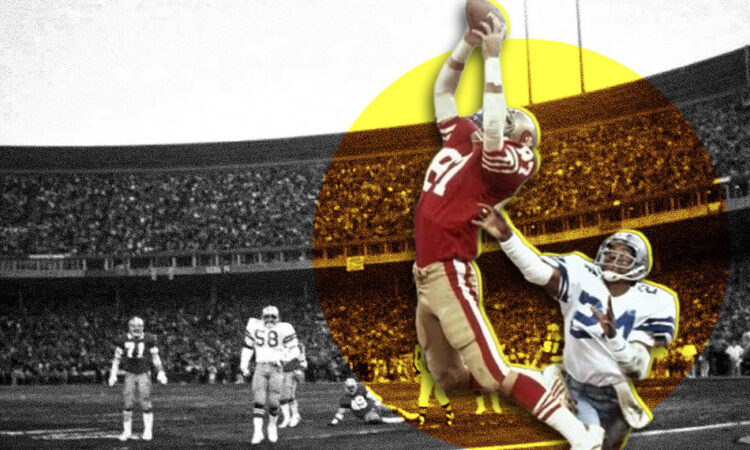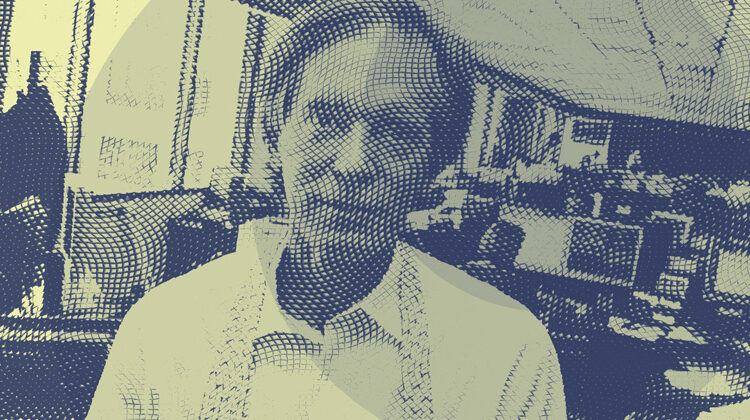
The William H. Gross Collection | Press Coverage
July 6, 2019
Gross Warns Boost From Negative Rates May Have Reached an End
October 15, 2019The Fixx
How low can you go?” has been investment markets’ clarion call of global central banks for nearly a decade now and in the process, financial markets prior commonsensically interest rate boundary of zero has been breached by the BOJ, ECB and $17 trillion of global bonds. Is this a healthy situation and how long can markets (and economies) breathe in an oxygen-less interest rate environment?
It is obvious to me that asset markets have benefited tremendously and have been “Saved by Zero” as the rock group “The Fixx” rather ironically sang way back in 1983. Whether an observer argues from the ability of cost-free-carry to lever riskier assets, or from the academic simplicity of the Gordon dividend discount model, which effectively is governed by real interest rates, the surge in stock prices and the narrowing of credit spreads have been materially affected by approaching and then piercing the zero band of global yields. I estimate conservatively that stock prices in 2019 alone have risen by 15% or so, solely because real 10-year Treasury rates have declined by 80 basis points in the past nine months. Since 2009, perhaps one quarter of the 200% rise in the U.S. market can be attributed to the 200-basis point decline in real treasury rates over the same period. Bull markets in equities are born by lower real rates and the historic run of the past decade has been fertilized by the journey to zero.
But can bull market equities be sustained even with additional easing on the part of Central Banks? Probably not, because Governors and Chairs of these presumably prescient institutions are becoming wise to the negative effects of rates at zero (or less) that literally rob small savers and larger financial institutions such as banks, insurance companies and pension funds of their ability to earn historically “guaranteed” carry that equate assets with liabilities and prevents them from earning an assumed return that avoids haircuts and even bankruptcy. These concerns are the unspoken fears of central bankers everywhere. Just recently ex-Treasury Secretary Larry Summers has warned of zero-bound yields in an FT op-ed and the BOE’s Deputy Governor, Jon Cutliffe, has done the same. They are but two of a growing number of yield “Fixxers”, fearful of future paybacks from the 17 billion of negative yielding “can’t win” bonds. Their hope is that their respective economies will grow sufficiently fast to outpace the increasingly obvious negatives.
We shall see. In the absence of substantial fiscal stimulation, the economic and asset boost from negative interest rate yields may have reached an end. Prepare for slow economic growth globally and an end to double-digit market price gains of months and years past. High yielding, secure-dividend stocks are what an astute investor should begin to own. Markets and economies may have been “Saved by Zero”, but “The Fixx” has seen its best days. Music and central banks have run out of pizazz.




